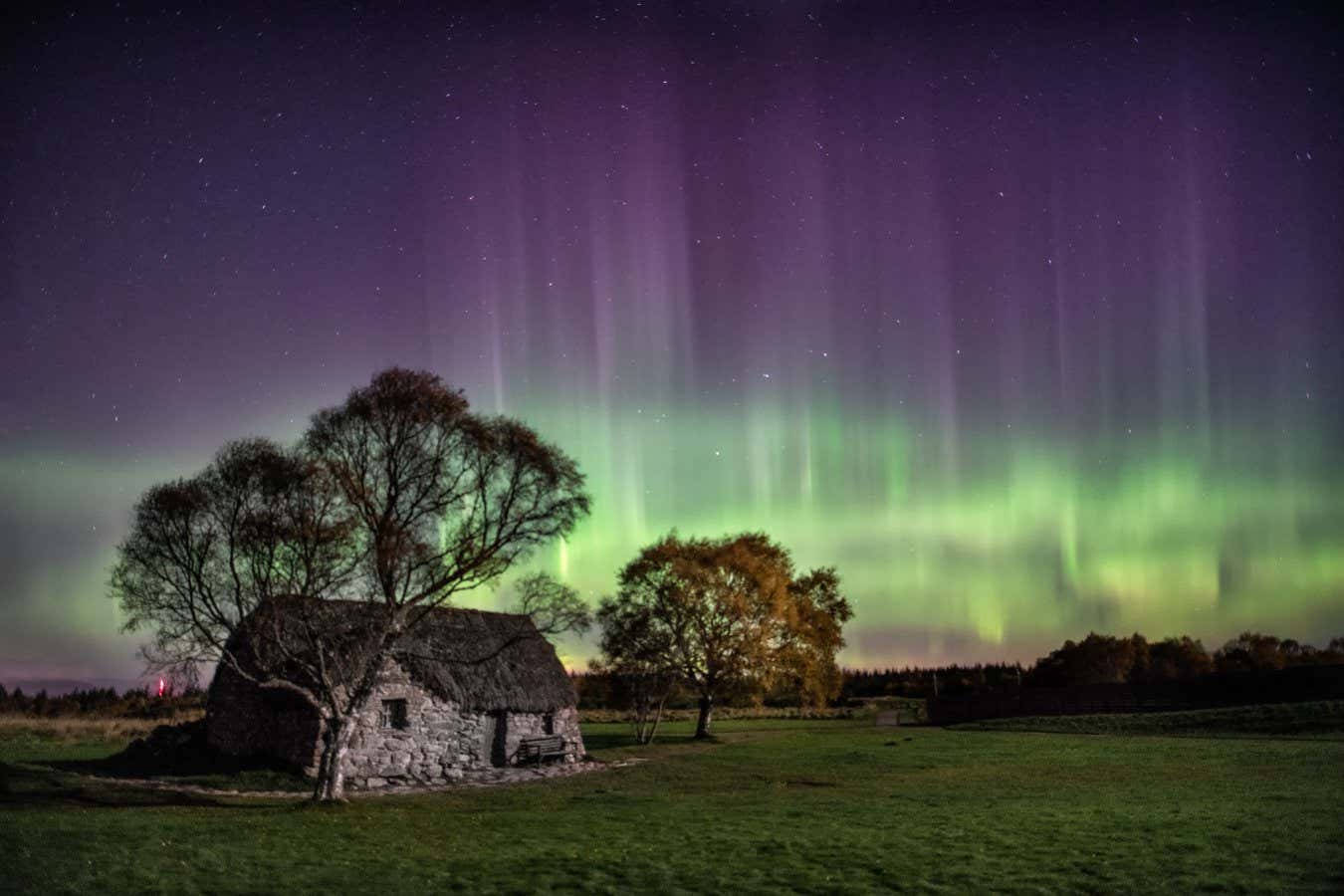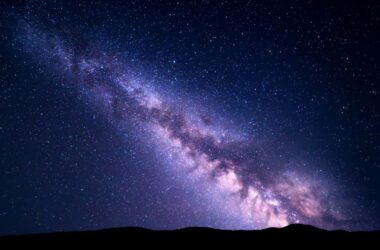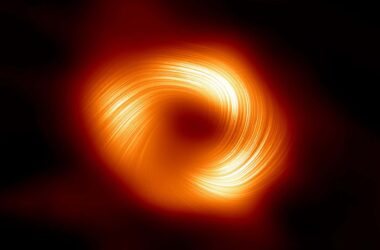The northern lights, also known as aurora borealis, are a mesmerizing natural phenomenon that can be observed in the night sky. If you missed the recent bright displays of the northern lights, there is still a chance to see them this winter. Here are some tips to help you have the best viewing experience.
What are the northern lights?
The northern lights are created by the solar wind, which consists of charged particles traveling from the sun’s outer layer. When bursts of solar wind, called solar flares, collide with Earth’s magnetic field, they produce colorful lights in the atmosphere. The colors of the aurora depend on the type of excited molecule and the altitude at which the collisions occur.
Where will the northern lights be visible?
The visibility of the northern lights depends on the strength of the solar flare. The stronger the flare, the further south the lights can be seen. You can stay updated on the aurora forecasts and predictions by checking websites and apps dedicated to monitoring the sun’s activity.
When is the best time to see the northern lights?
If the solar wind is active, the northern lights can be seen as soon as it gets dark. However, the level of activity can change quickly, so it’s advisable to keep an eye on live reports of solar activity. Websites and organizations monitoring the sun can provide forecasts for the upcoming days or even weeks.
How can you see the northern lights?
To have the best chance of seeing the northern lights, find a dark spot away from any light pollution. Rural areas are usually better for viewing, but even in a city with minimal light pollution, the lights can still be visible if they are bright enough. Look towards the northern horizon and let your eyes adjust to the darkness. Keep in mind that the auroras may appear subtler and less vibrant to the naked eye compared to what is captured in photos.
If you have a camera with a digital display, you can use it to confirm that you are looking at auroras. Sometimes, they may appear different to the naked eye compared to what the camera captures. Make sure to check the weather forecast as well, as a cloudy sky will hinder visibility of the northern lights.
How to take photographs of the display
If you want to capture the beauty of the northern lights, most smartphone cameras should be able to capture the green hues of the lights. Some cameras, especially those with manual settings and a tripod, can be used for long exposure shots to capture more details.
Overall, viewing the northern lights can be a magical experience. By following these tips and staying informed about solar activity, you increase your chances of witnessing this breathtaking natural phenomenon.








